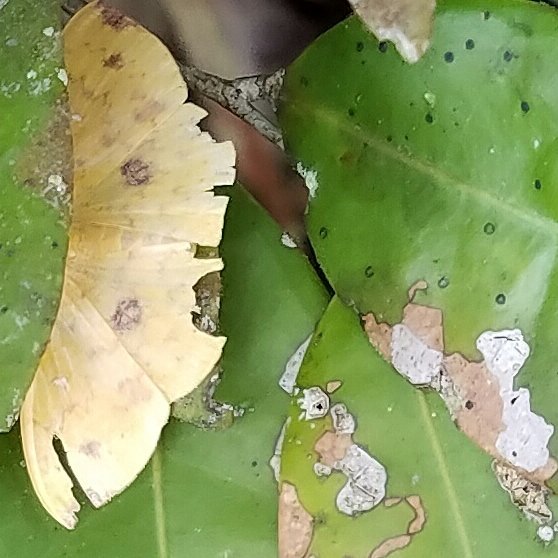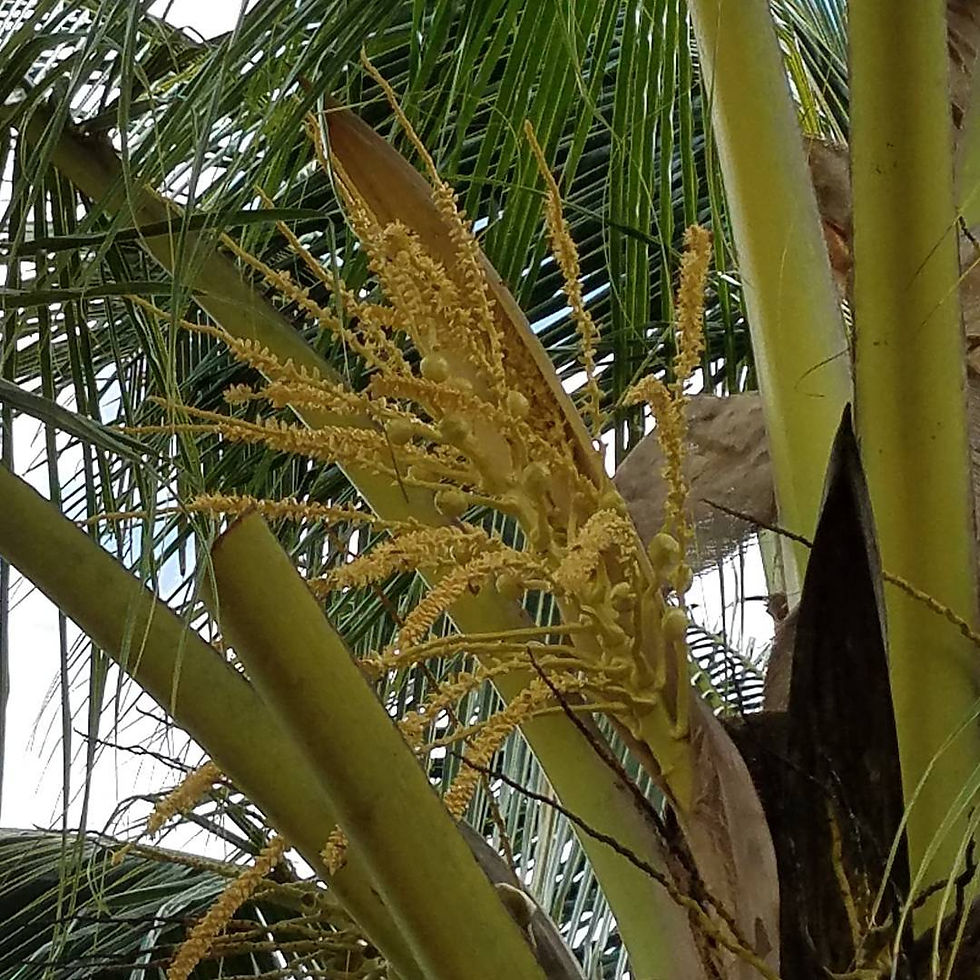How to Help Butterflies Thrive
- Roy and Rhon

- Feb 18, 2024
- 3 min read
Updated: Nov 25
A Simple Guide from The Rs Farm with Insights from our Agri-Eco Practices

We mix farming with caring for nature at The Rs Farm. Located in Yarrowkabra off the Linden-Soesdyke Highway in Guyana's beautiful white sand forest, our place is all about growing fresh food and giving people a chance to relax and learn about farming and nature. One special thing we focus on is helping butterflies. This guide shares our tips and tricks for making your garden a great place for butterflies, based on what we've learned. We want to show you that helping these important creatures is not only good for the environment but also easier than you might think.
Start Helping Butterflies Today
Why Butterflies Matter
Butterflies are important for a lot of reasons. At The Rs Farm, they show us our farm is healthy and doing well. They help plants produce fruit by moving pollen around, which is good for our crops and flowers. Butterflies also tell us if we're farming the right way without hurting the environment.
Creating a Butterfly-Friendly Place: Tips from The Rs Farm
You can make your garden a good home for butterflies with a few simple steps. Creating a welcoming space for butterflies doesn't require complex gardening skills—just a bit of know-how and a love for these beautiful creatures. At The Rs Farm, we prioritize natural and sustainable practices to ensure our winged friends thrive. Here's how you can do the same in your backyard:

Plant a Variety of Nectar-rich Flowers: Butterflies are drawn to colorful, nectar-producing plants. Fill your garden with a mix of butterfly favorites like Passionflower, lantana, sweet sage, marigolds, and sunflowers. These plants offer the food adult butterflies need.
Set Up Shelter and Watering Spots: Butterflies need places to hide from predators and harsh weather. Plant dense shrubs or arrange rocks where they can take shelter. Also, a shallow water dish with stones for them to land on will keep them hydrated.
Say No to Chemicals: Chemical pesticides can harm butterflies and the plants they rely on. Use natural methods to deal with pests. Introducing beneficial insects like ladybugs can help control unwanted pests in a butterfly-friendly way.
Don't Forget About Caterpillars: Adult butterflies need nectar, but their caterpillars need specific host plants to eat. Planting sweet sage, for example, provides food for caterpillars, ensuring a new generation of butterflies.
Pick a Sunny Spot: Butterflies love the sun, not just for warmth but also because their favorite nectar plants need plenty of sunlight to grow. Choose an area in your garden that gets lots of direct sunlight to attract more butterflies.
By following these straightforward steps, you'll transform your garden into a bustling hub for butterflies, contributing to their conservation and enjoying the beauty and balance they bring to your outdoor space.
Start Helping Butterflies Today

Now that you know why butterflies are important and how to make a good place for them, it's time to get started. You don't have to do everything at once. Even small changes, like planting some butterfly-friendly flowers or using fewer chemicals, can make a big difference.
We're proud of what we do at The Rs Farm to help butterflies and the environment. We hope this guide inspires you to try some of these ideas in your garden. If you want to see how we do things or learn more about helping nature, come visit us or check out our website. Let's work together to make the world a better place for butterflies.




Comments